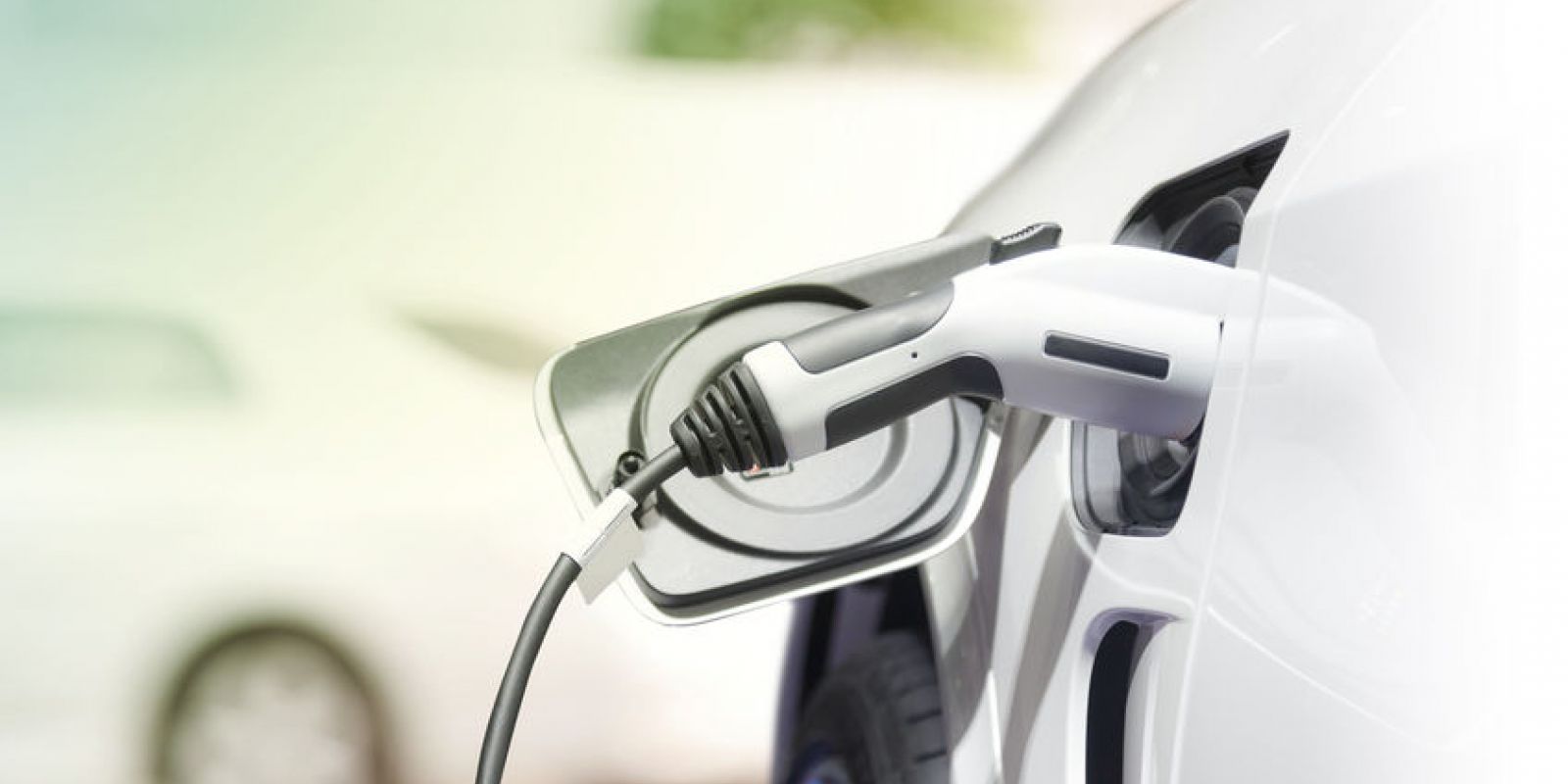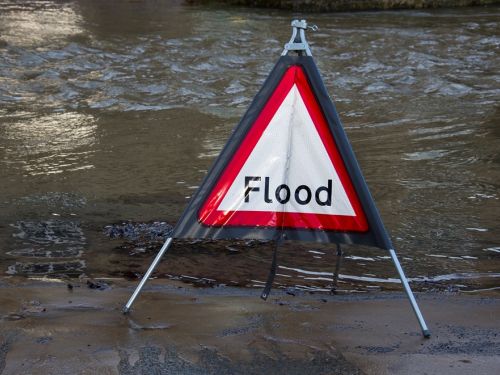How will the energy revolution affect us all?
BlogsAndrew Brooks explains how the energy revolution will affect businesses and individuals.
In my last blog post I talked about Greater Lincolnshire and its potential role within the energy revolution that we are starting to see emerging. It was only a brief overview, and in this post I want to examine in a little more detail the reasons why Greater Lincolnshire can play a key role in this area, and how this will affect businesses and individuals.
Why is this energy revolution important?
The energy system of the future won’t look like today’s. The scale of change over the next 10 to 20 years will be considerable and, while we don’t know exactly what this change will look like, we do know some of the areas that will be important:
- consumers will play a key role in driving this change
- energy businesses of the future will provide those services cleanly, cheaply and efficiently, by taking advantage of new energy technologies and digital enablers
- the old way of simply sending electrons and gas molecules down the wires and pipes will be replaced by a better, much more sophisticated way of meeting people’s needs
However, the biggest change of all is that consumers will go from being on the edge of the energy system to being at its heart. They will have more control over where their energy comes from and how and when they want to consume it, and they will be able to take an active role in making sure it doesn’t cost the earth.
The Greater Lincolnshire LEP and its partners recognise the importance of responding to these challenges and the opportunities afforded by this energy revolution.
What will the future hold for energy?
Energy consumers don’t understand or value the current units of energy that they pay for in their bills at the moment. They do however value the warmth that it provides, or the light that it enables.
That’s why 'energy as a service models' are starting to appear where consumers might buy warmth, lighting and power rather than the current units of electricity and gas they pay for at the moment.
This service would be provided by a business that competes for customers by delivering that warmth, lighting and power most efficiently – perhaps by helping improve home insulation, supplying the best equipment to deliver the required service, sourcing the best energy supplies and optimising any local generation or storage.
With energy as a service, consumers will have more choice in how energy is produced, and the environmental impact of its production, which could lead to more of a focus on locally produced energy.
Thanks to the continuing reduction in costs of renewable energy technologies like wind and solar power, we could see the old economies of scale being turned upside down so that generating and using energy locally will represent better value than generating power in relatively few large centralised locations.
One of the major benefits of decentralised energy is the move away from large power stations towards localised production. That means avoiding the wasted heat in power stations and instead using it locally, and avoiding having to produce the electricity lost in getting it down the cables, because we have to send it so far. At present, we waste about half of our energy in the UK.
With the rise of decentralised energy, local producer-consumers – or ‘prosumers’ – will need to flexibly manage the energy in the system, and technologies including energy storage, ways of adjusting usage better (demand-side response) and digital technologies using big data, analytics and cloud computing could help them do that.
Through the Internet of Things and connected homes concepts, electronic devices such as washing machines, dishwashers and freezers can all be connected up to use energy at the best price, or to stop using energy when there is too much demand.
How might we start to make it pay?
It’s easier than ever for us to generate green energy. The cost of renewable generation equipment is coming down, and there’s more capacity on the grid – often to such levels that during sunny days or when there’s a lot of wind, there can actually be too much electricity on the grid.
The swings that this creates in wholesale prices can mean that prices can go negative, so that there is effectively free energy available. While this can be a problem for managing the grid, the good news is that if consumers can take advantage of these increasing free energy periods by consuming when prices are negative, they can of course save significant sums of money.
Traditionally, consumers have purchased their energy from one of the big six energy suppliers; yet, with the rise of micro-generation people will generate their own power and can sell it back to the grid – so everyone can also be their own energy supplier.
Vehicle to grid or V2G could also be a significant solution to the issue of balancing national energy supplies, as well as saving money for consumers. Electric car owners could charge them overnight, and allow the National Grid to use the stored electricity at times of higher demand the next day.
New technology will make this possible by allowing EV owners to communicate with energy companies via an add-on to their home charging point to ensure they can use their car when they need to, while at times when they don’t need the vehicle its stored energy will contribute a small part of its storage to an intelligent charging system.
In my next blog post I will talk about how the Greater Lincolnshire LEP is addressing these challenges and the approach we are taking when it comes to the energy revolution.
Andrew Brooks, Regeneration Manager at Lincolnshire County Council, is leading and supporting the Greater Lincolnshire Local Enterprise Partnership on how Greater Lincolnshire can play its part in greening the UK economy.


